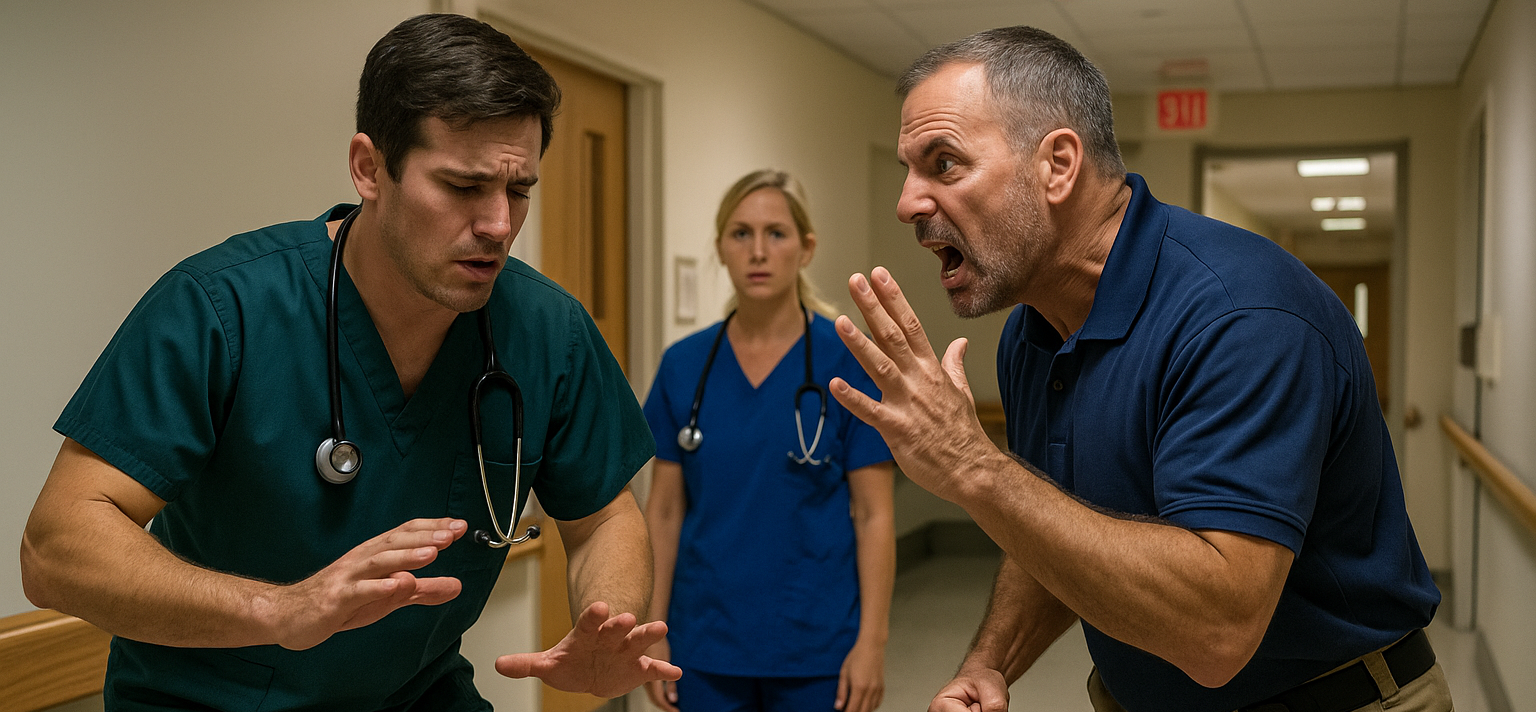In many healthcare organizations, safety is often compartmentalized, relegated to a specific department or committee that meets periodically to review incidents and update policies. This approach, while systematic, misses a crucial truth: safety isn't a department or a monthly meeting—it's a behavioral discipline that every employee practices or neglects dozens of times each day.
As we observe National Safety Month this June, it's time to reframe how we think about safety in healthcare and other high-risk environments. Safety isn't something that happens in a silo, separate from patient care, administrative tasks, or everyday interactions. It's embedded in every conversation, every procedure, and every decision made throughout the day.
The Behavioral Foundation of Safety
When we examine workplace incidents—whether they involve patient falls, medication errors, or aggressive encounters—we often find that the root cause isn't a lack of safety equipment or inadequate policies. Instead, it's behavioral: a rushed assessment, a skipped step in a protocol, or ineffective communication during a tense moment.
it's behavioral: a rushed assessment, a skipped step in a protocol, or ineffective communication during a tense moment.
At Vistelar, we've observed through decades of conflict management training that safety outcomes are directly tied to behavioral choices. Consider these everyday scenarios:
- A nurse decides to quickly transfer a patient alone rather than waiting for assistance
- A security officer enters a potentially volatile situation without first assessing the environment or waiting for back-up
- A receptionist responds to an agitated visitor by matching their tone and volume instead of modeling appropriate tone and volume, and using other de-escalation techniques
Each represents a behavioral choice with immediate safety implications. The decision to skip a safety step isn't usually made out of malice or ignorance—it's often the result of time pressure, competing priorities, or normalized deviation from protocols.
Creating a Culture of Safety Behavior
Transforming safety from a department function to a behavioral norm requires a shift in organizational culture. Here's how to begin:
1. Make safety behaviors visible and explicit
Many safety behaviors are invisible when done correctly. When a healthcare provider uses proper body mechanics while assisting a patient, or a security officer maintains appropriate distance during a confrontation, these actions may go unnoticed. Leaders must call attention to and recognize these positive behaviors.
2. Incorporate safety behavior into everyday language
Rather than referring to "safety policies," talk about "safety behaviors." This subtle shift emphasizes individual responsibility and action rather than compliance with abstract rules.
3. Practice safety skills regularly, not just during annual training
The Vistelar approach emphasizes that conflict management and safety skills are perishable. They require regular practice to maintain proficiency. Brief, frequent skill reinforcement—what we call "training nuggets"—can be incorporated into staff meetings, shift changes, or huddles.
4. Create psychological safety for reporting and discussion
Employees must feel safe to report near-misses, express concerns, and ask questions without fear of punishment. This psychological safety is the foundation of a culture where people not only acknowledge mistakes but celebrate triumphs, and learn from both.
5. Focus on non-escalation as a preventative safety behavior
Preventing situations from escalating is always safer than de-escalating once conflict has erupted. Train staff to recognize early warning signs and intervene with appropriate communication techniques before a situation becomes dangerous.
Measuring Behavioral Safety
Organizations typically measure safety through lagging indicators—incident reports, injury rates, and safety violations. While these metrics are important, they only tell part of the story. Consider incorporating these behavioral measures:
- Frequency of safety-oriented communication during team interactions
- Consistency in using structured verbal interactions during potentially difficult situations
- Staff confidence in addressing early warning signs of conflict
- Peer recognition of positive safety behaviors
From Compliance to Commitment
The ultimate goal is to move from a compliance-based approach to safety—where people follow rules because they have to—to a commitment-based culture where safe behaviors are valued, reinforced, and internalized.
When safety becomes a behavioral discipline rather than a departmental function, the results are transformative. Not only do incident rates decrease, but staff confidence increases, patient satisfaction improves, and the overall climate becomes more positive and productive.
This National Safety Month, consider how your organization might shift from viewing safety as something that happens in a department to something that everyone practices dozens of times each day. The most effective safety equipment isn't hanging on a wall or stored in a cabinet—it's the consistent, thoughtful behaviors performed by every member of your team.







